Is Oppo Intentionally Trying To Ruin OnePlus?
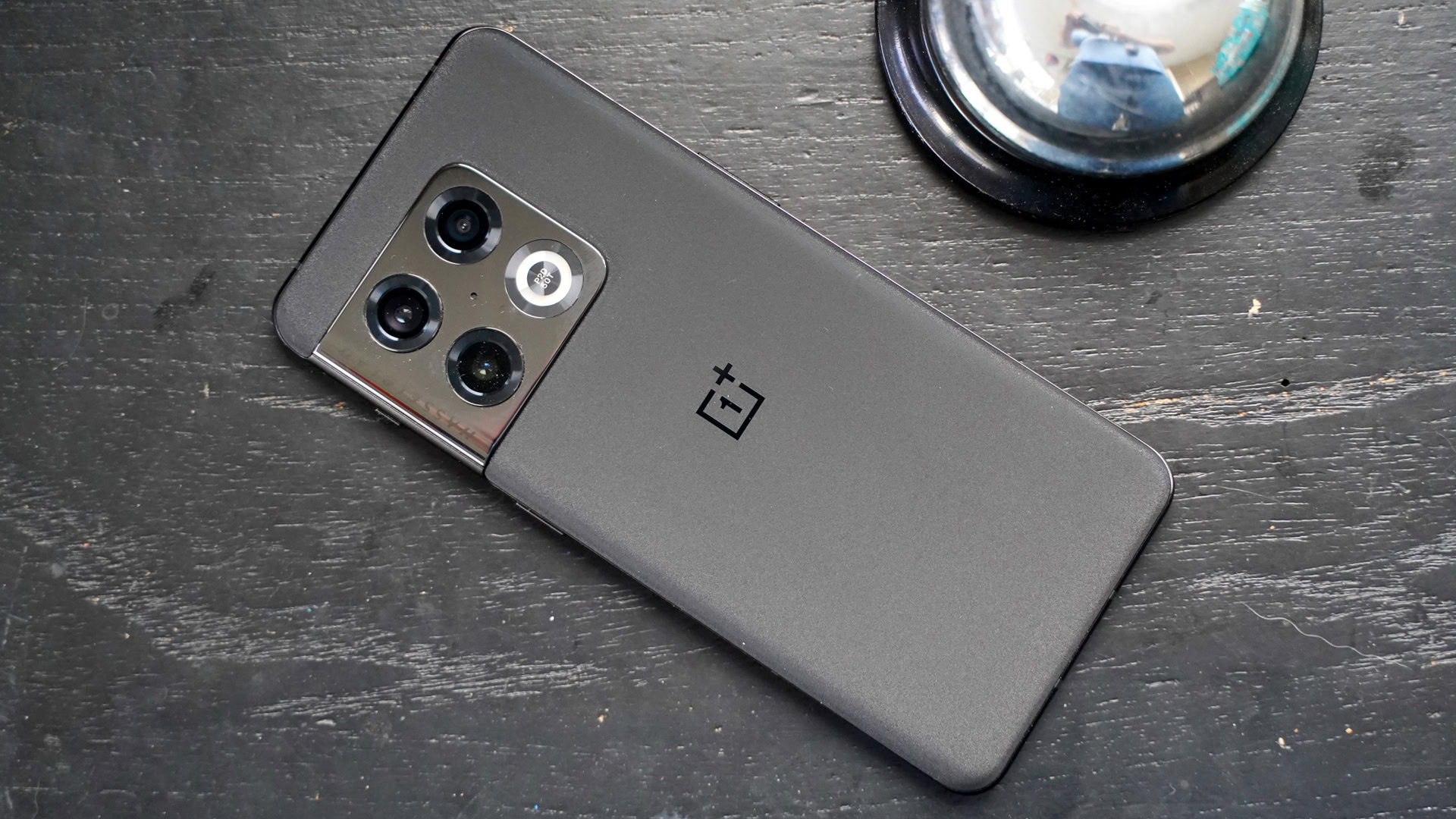
Eric Zeman/Android Authority
OnePlus used to be a brand for enthusiasts, but a lot has changed in recent years. These changes are largely due to the Oppo-OnePlus merger, with Oppo effectively retaining power and influence in the deal.
Admittedly, there are fans who think that Oppo has ruined OnePlus. But is Oppo deliberately trying to sabotage OnePlus? Or are these changes just a byproduct of the big manufacturer not knowing what to do with the brand's little brother?
Do you think Oppo is deliberately trying to rip off OnePlus?
1257 votes
OnePlus before the merger
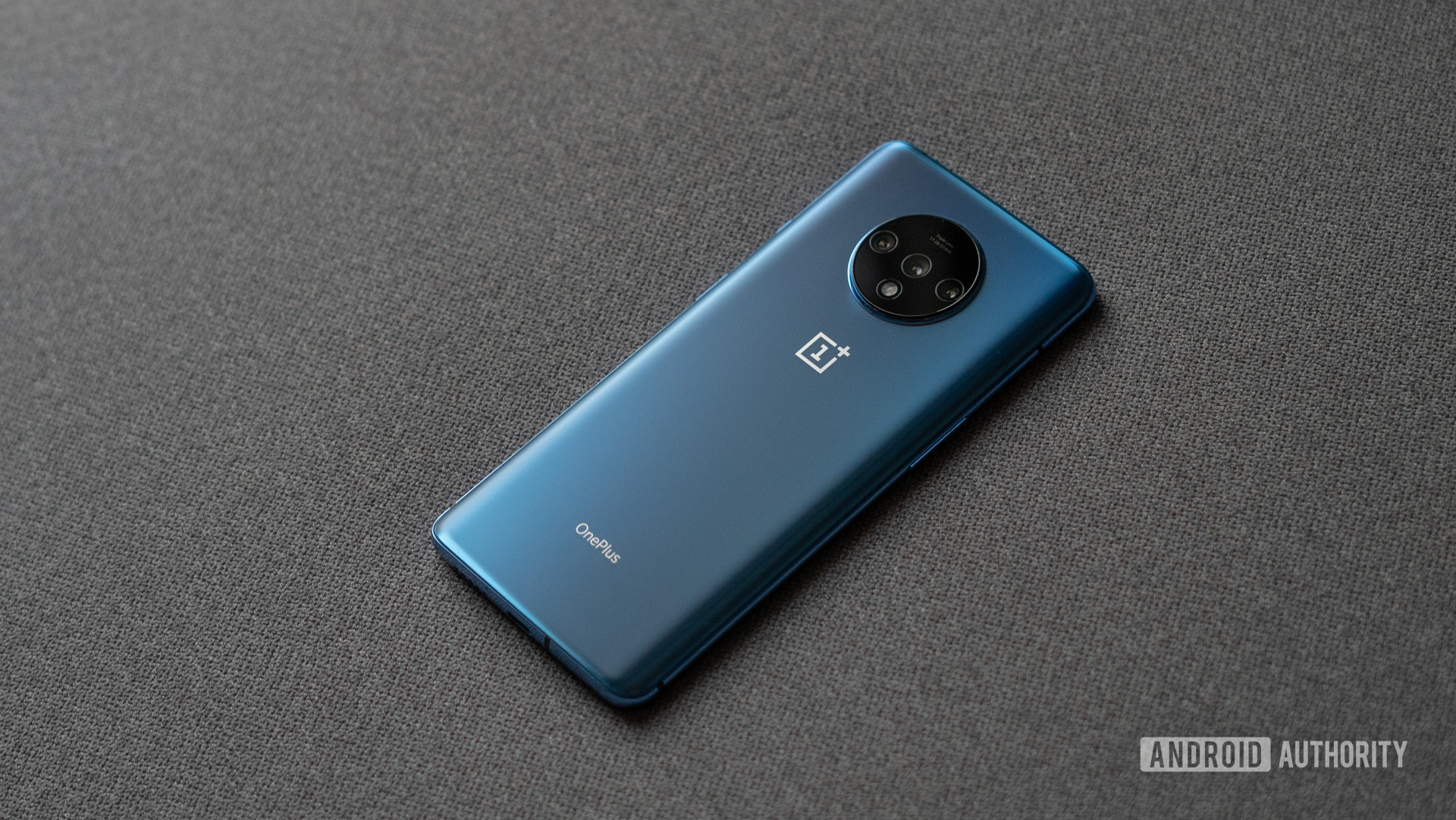
Dhruva Bhutani/Android Authority
OnePlus was far from the perfect smartphone brand before its official merger with Oppo. In fact, the company's connection with Oppo has always been evident due to the many similarities between the devices. But it has certainly launched its own identity through various products and business solutions.
The company made its mark in 2013 with the release of the OnePlus One, which set several benchmarks for subsequent OnePlus phones. They have a cheaper and more competitively priced device, unique materials and a distinctive alarm cursor, a clear developer focus and a clean version of Android (first through Cyanogen OS and then Oxygen OS).
OnePlus first made a name for itself with affordable, developer-friendly products and advanced software.
Finally, OnePlus became India's top premium player in the second quarter of 2018 and held that title with few interruptions until 2021. It had a small but active fan base in the US and was the only brand BBK that officially launched. He accomplished this feat by securing the support of US carriers in 2018, which was not easy.
This popularity among fans has led to more careful scrutiny of the brand. Steady price increases over the years have seen the 2019 OnePlus 7T and 7T Pro start at $600 and $830, respectively, and the 2020 OnePlus 8 series at $699 and $699, respectively. Questions about reviews, telephoto lens claims and reference scams. The company has even started making things a little more difficult for mechanics by asking people to fill out a form if they want to unlock their OEM device.
How Oppo has changed OnePlus
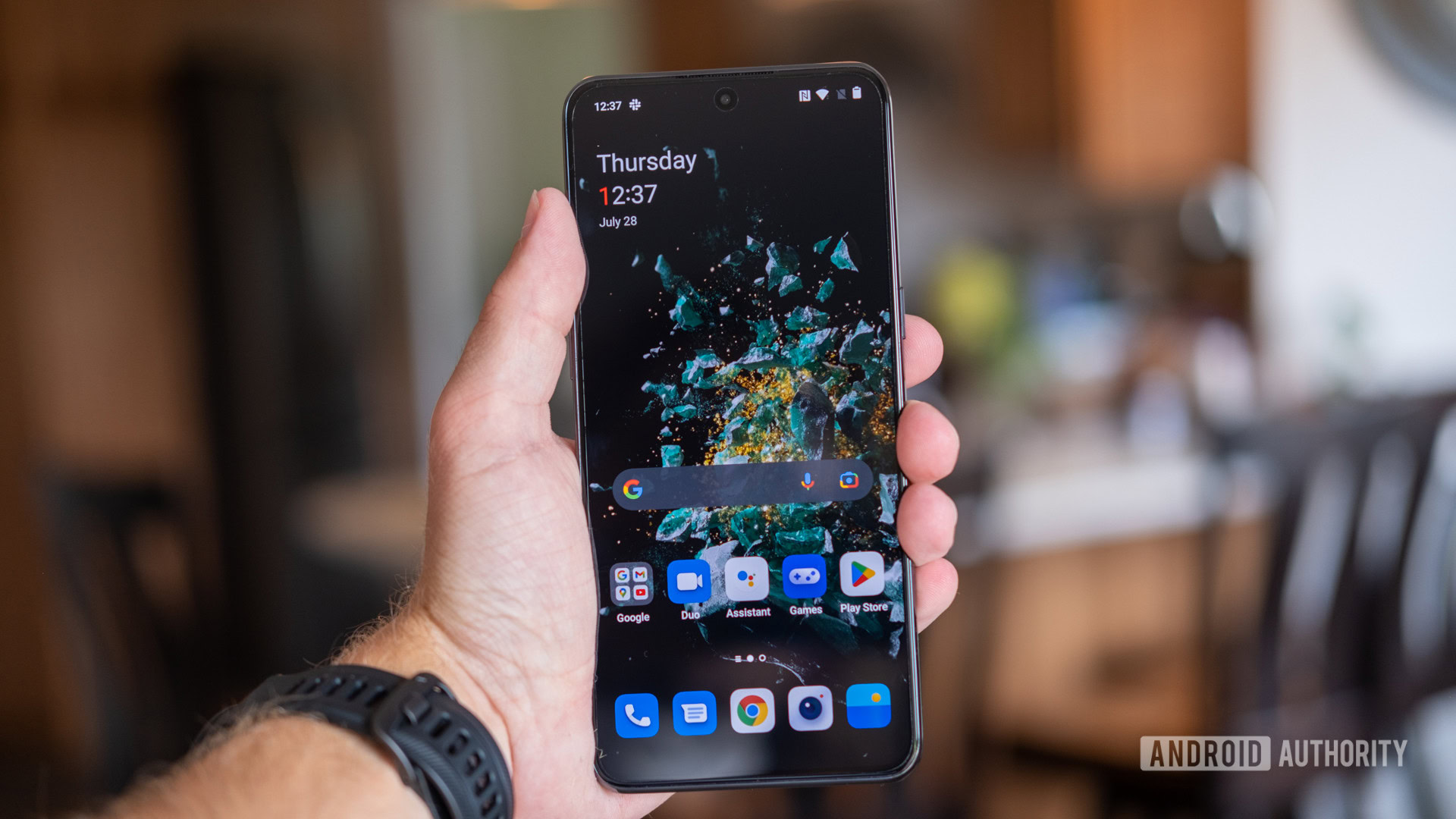
Ryan Haynes/Android Authority
OnePlus made big changes in 2020 with some budget phones and the controversial Oxygen OS 11 update, which was close to Oppo's OS 11. Soon after, the two companies announced in January 2021 that they would merge their research and development departments. Then there was a bombshell in June 2021 when OnePlus merged with Oppo.
Co-founder Pete Lau says the merger will allow faster and more stable software updates, as well as access to more resources. Responding to concerns about what will differentiate it from Oppo in the future, OnePlus told Android Authority that it "has a unique group of very tech-savvy users, so we will continue to adapt OnePlus to meet the needs their in different ways". Execute.” Unfortunately, many post-merger decisions have given the impression that Oppo is doing away with everything that made OnePlus unique in the first place.
From flooding budget phones to removing the alarm slider, Oppo has made a lot of changes to the OnePlus.
Perhaps the biggest change was the removal of the signature notification slider from many OnePlus phones, including the flagship OnePlus 10T. OnePlus also introduced the Oxygen OS 13 update, which was actually Color OS 13 with some OnePlus-centric changes. The company decided to launch the OnePlus 10 Pro in China more than two months before the global market, and then repeated the China-first approach with the OnePlus 11 (albeit with a gap of a month). This marked a major departure from the brand's previous global approach. Oppo also used the Hasselblad brand for its Find series flagships, although OnePlus originally signed a deal with the camera company before the merger.
Oppo-powered OnePlus has further distanced itself from its developer audience. XDA Developers reported that OnePlus hasn't released the kernel sources for the devices or hasn't released them completely. Also, it appears that, among other complaints, the company has discontinued its bug bounty program.
Deliberate play or deliberate lameness?
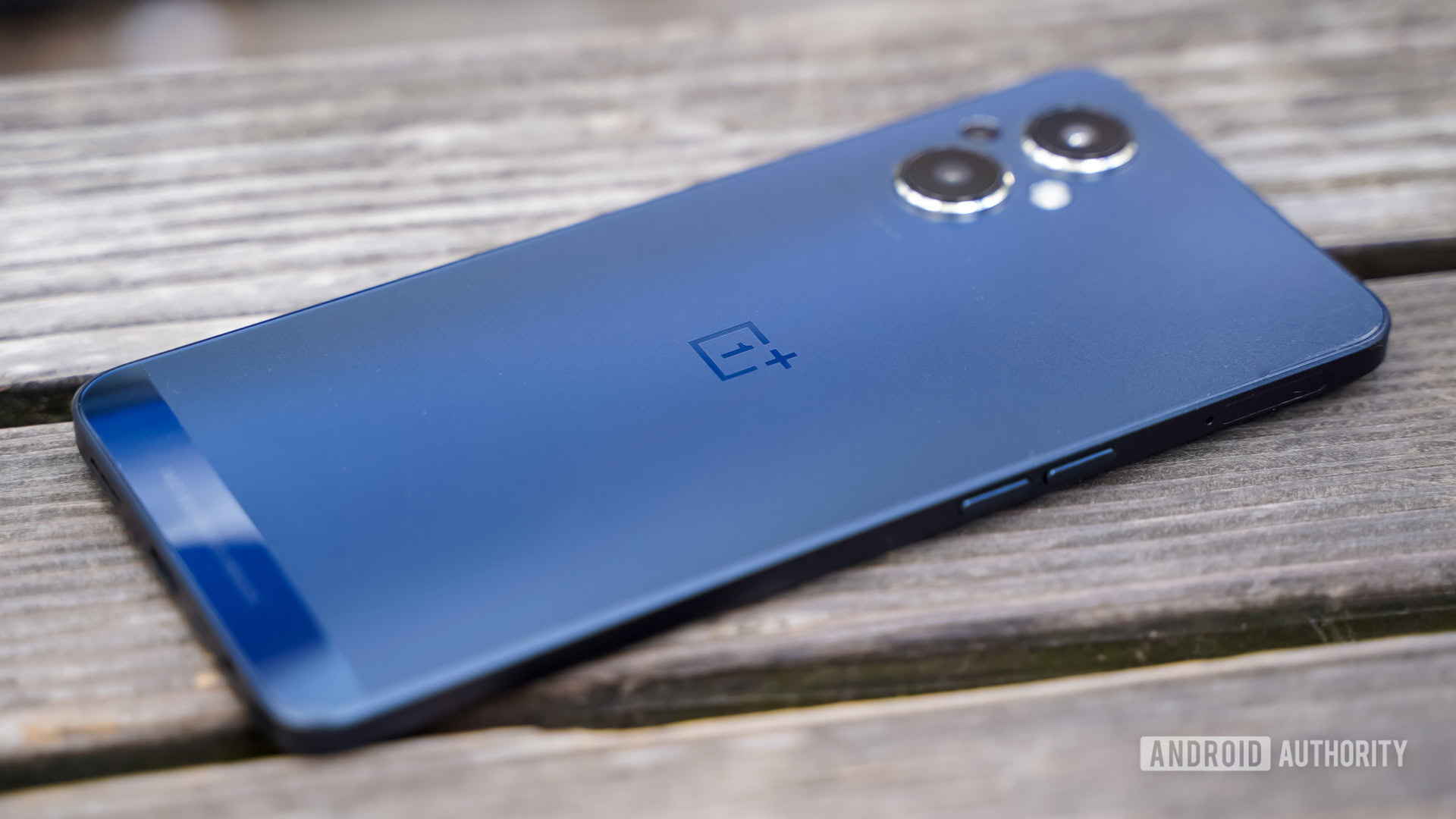
Eric Zeman/Android Authority
It's all too easy to be cynical and claim that Oppo is sabotaging OnePlus to mold it in its own image, no matter the cost. But some of these decisions seem logical.
First, the introduction of OnePlus Nord devices, which are sometimes derivatives of Oppo models, may somewhat weaken the brand in the market. But it also seems part of a calculated effort to gain market share. After all, at the height of its success before the merger with Oppo, OnePlus tried to break into the top 5 players in the world, which is not surprising given its mainstream approach. As expected, Budget North's strategy paid off early as the company posted a 524% annual growth rate in the fourth quarter of 2021, surpassing Google to become number five in the US.
Most of Oppo's decisions regarding OnePlus seem logical, but in some cases it definitely feels like a roll of the dice.
Counterpoint senior analyst Flora Tang also provided some possible business reasons for offering OnePlus Nord devices:
"The economies of OnePlus' largest smartphone markets, India and Western Europe, have faced headaches over the past two years due to the spread of Covid, exchange rate fluctuations, inflation and other geopolitical risks," it said. Tan in a reply to Android Authority . . On request by e-mail. "It seems innocent that OnePlus is releasing more affordable devices to increase its market share."
This argument also suggests that many people these days cannot afford high-end phones. So, taking the cheaper route, these customers can stay with the OnePlus brand.
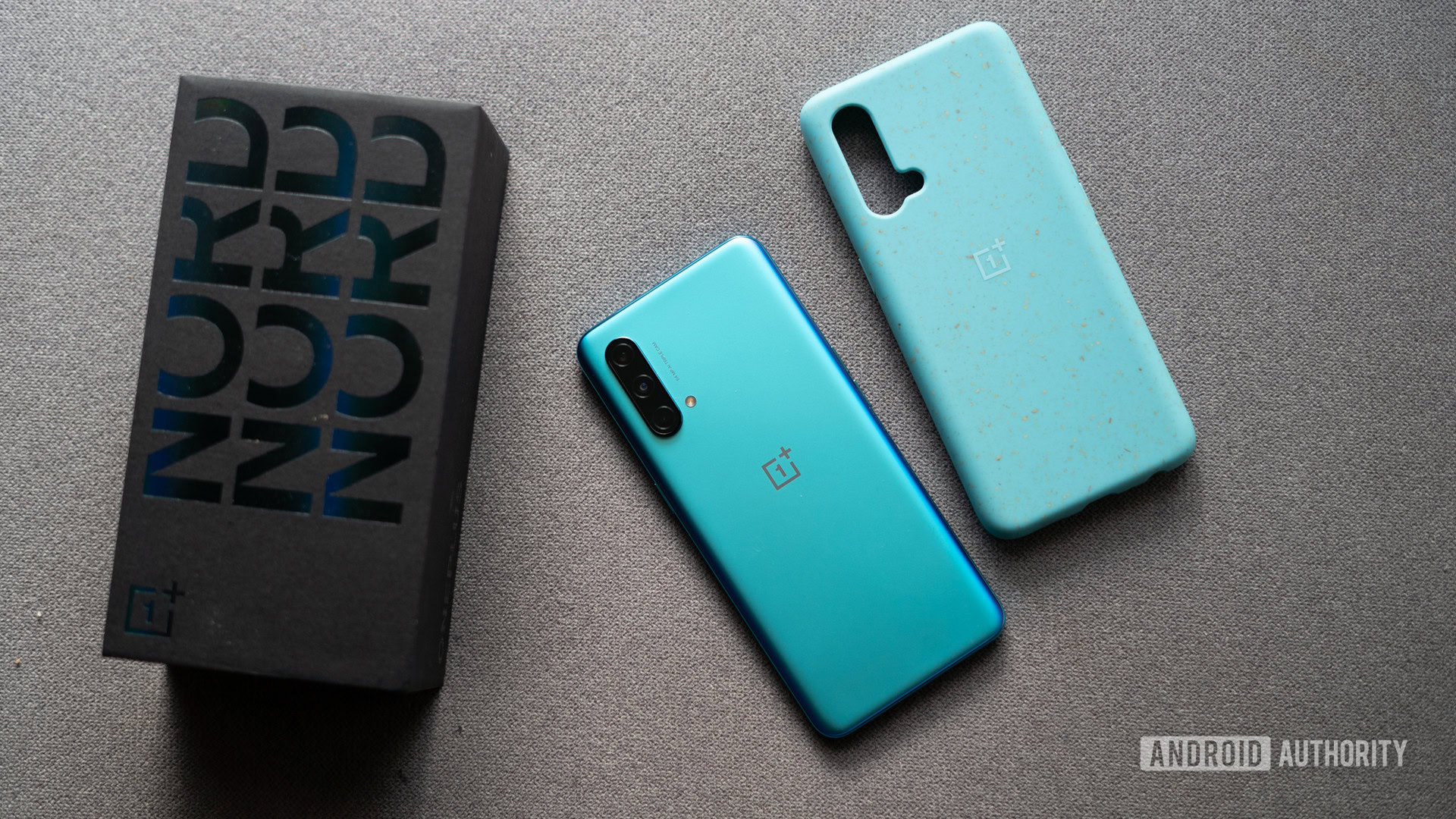
Dhruva Bhutani/Android Authority
The decision to launch the first flagship in China also seems strange at first glance, but it seems to be true here as well. China is a big market for premium phones, so success here could eclipse the brand's modest performance in the global market, giving the company more profits and more resources. The early launch in China also allows OnePlus flagships to be part of the first wave of devices using Qualcomm's high-end silicon, giving the company some PR points, albeit at the expense of users around the world.
Tang elaborated on OnePlus and Oppo's China focus, noting that OnePlus actually aimed to become the Chinese premium market leader in 2020:
After the fall of Huawei in early 2021, both Oppo and OnePlus began to look at the profitable opportunities of their biggest Chinese competitor. Oppo can use the "premium" brand image of OnePlus to enter the premium segment, and OnePlus can rely on Oppo's channel resources to grow in China, and we believe that this is one of the reasons for the integration of brand.
"Even though some products were launched in China first, that doesn't mean overseas territories will be any less important for OnePlus," the analyst continued.
However, removing the alert slider is a more controversial move. OnePlus then took a page from the 3.5mm apology book, saying that the slider takes up too much space inside. The company says this newly freed up space has been used for faster charging, a bigger battery and better signal on the OnePlus 10T. And yet, the OnePlus 10 Pro's slider is actually slightly narrower and thinner than the OnePlus 10T, while still offering the same size battery, healthier wired charging speeds, and wireless charging. We suspect the lack of an alert slider makes it easier for OnePlus to use Oppo's redesigned design.
In fact, a Counterpoint analyst raised the possibility that OnePlus and Oppo will share more resources in the future:
We expect OnePlus to gradually become a unique sub-brand of the Oppo group, as Iqoo is to Vivo today.
For the uninitiated, Iqoo is a performance-focused sub-brand of Vivo. Sub-brand phones usually lack key features like IP ratings and extra cameras. But beyond that, you can expect plenty of power, a high-quality screen, super-fast charging, and a more affordable price.
Oppo is betting that OnePlus will gain popularity by depriving its small but loyal audience.
However, this does not mean that OnePlus is hopeless now. While we've seen some great Nord phones around the world, Nord phones are still attractive in the US due to the lack of competition, and the OnePlus 10 Pro is still significantly cheaper than Oppo's flagships. But even the OnePlus 10 Pro looks like a step backwards for the brand. In our review of the OnePlus 10 Pro, we complained about the drop in ultra-wide camera, poor low-light performance, inconsistent software and no IP rating for unlocked devices.
Regardless, it's clear that most of the moves above are calculated bets that could easily push OnePlus down or up. Oppo is essentially backing OnePlus to gain mass appeal at the cost of alienating its small but active audience.
What is the future of OnePlus in Oppo?
Between the Color OS/Oxygen OS similarities, the OnePlus 11 looking like a gradual upgrade, and the alleged increased focus on the Chinese market, it's hard to imagine OnePlus not being overwhelmed by the Oppo 2023, a OnePlus phone with a leaked design by Oppo, an Android shell derived from Color OS and without the warning cursor, it's just an Oppo phone.
However, there are some encouraging signs for the company. A new leak suggests that the mid-range OnePlus 11R could turn the brand's caution slider on cheaper phones. The brand also announced that it will make good on Samsung's promise of a refresh, at least for a few select models in 2023. But those are two small consolations as the year looks like a truly all-or-nothing year for OnePlus.
The main question is whether Oppo can successfully play this game of blackjack. Because losing enthusiasts without getting recognition in return means that OnePlus will become a dead brand.
More OnePlus coverage: What we want to see from OnePlus in 2023


